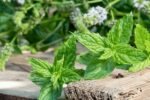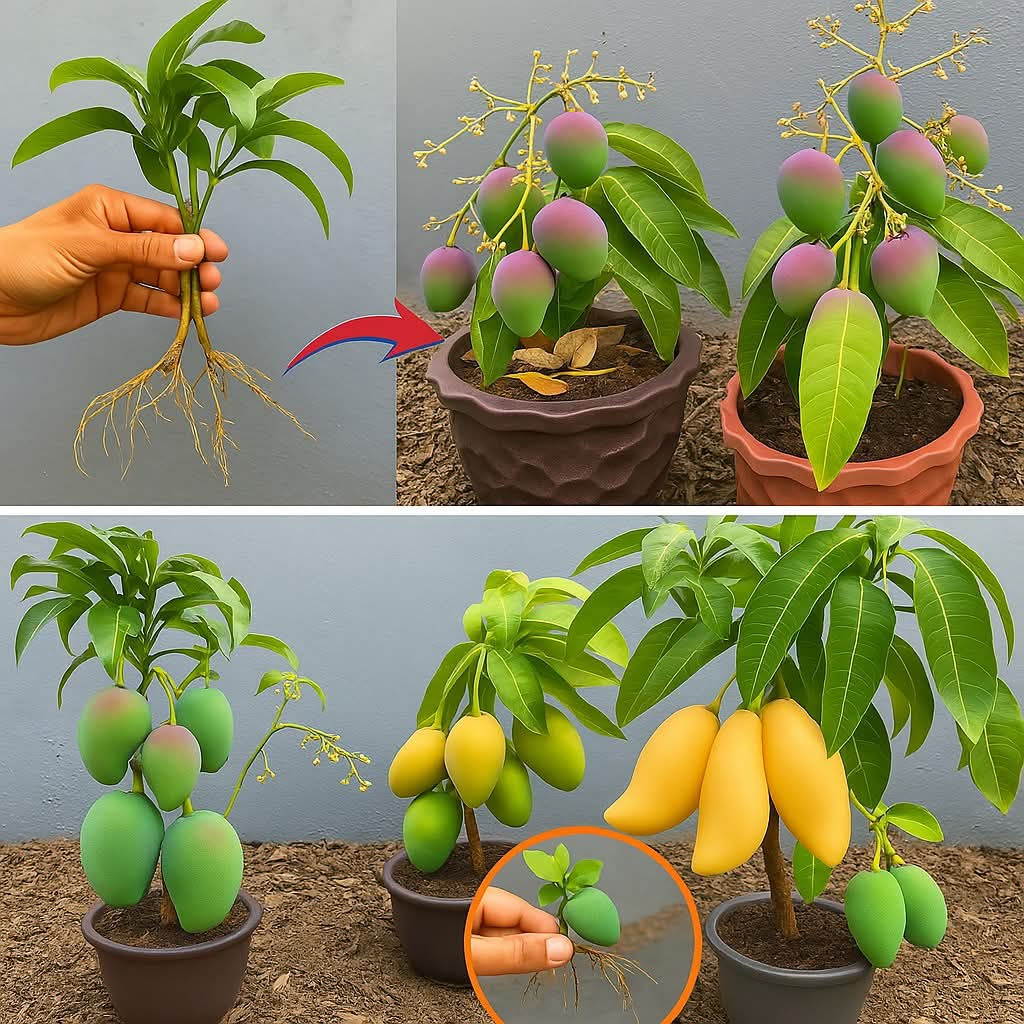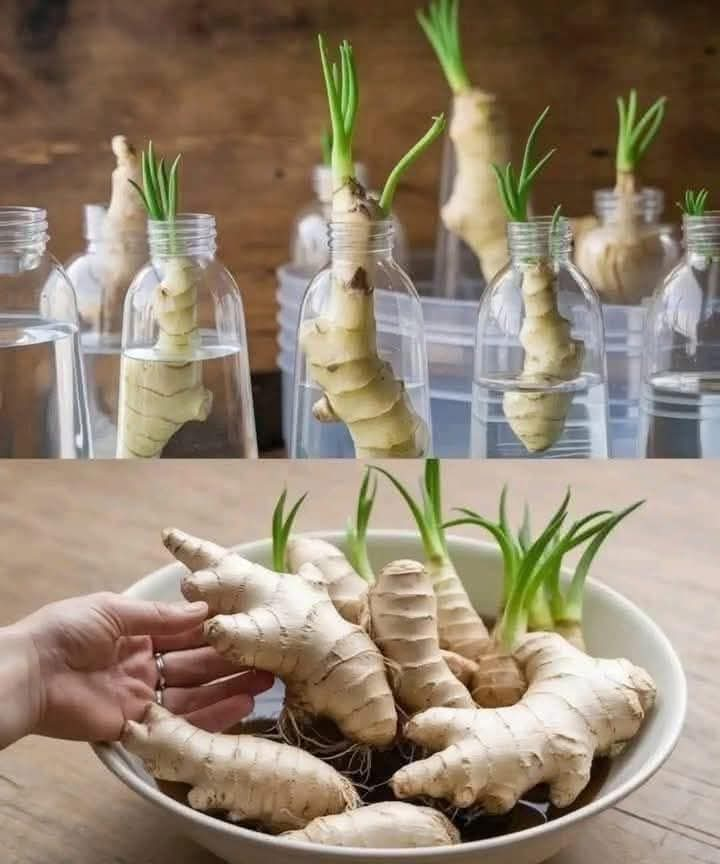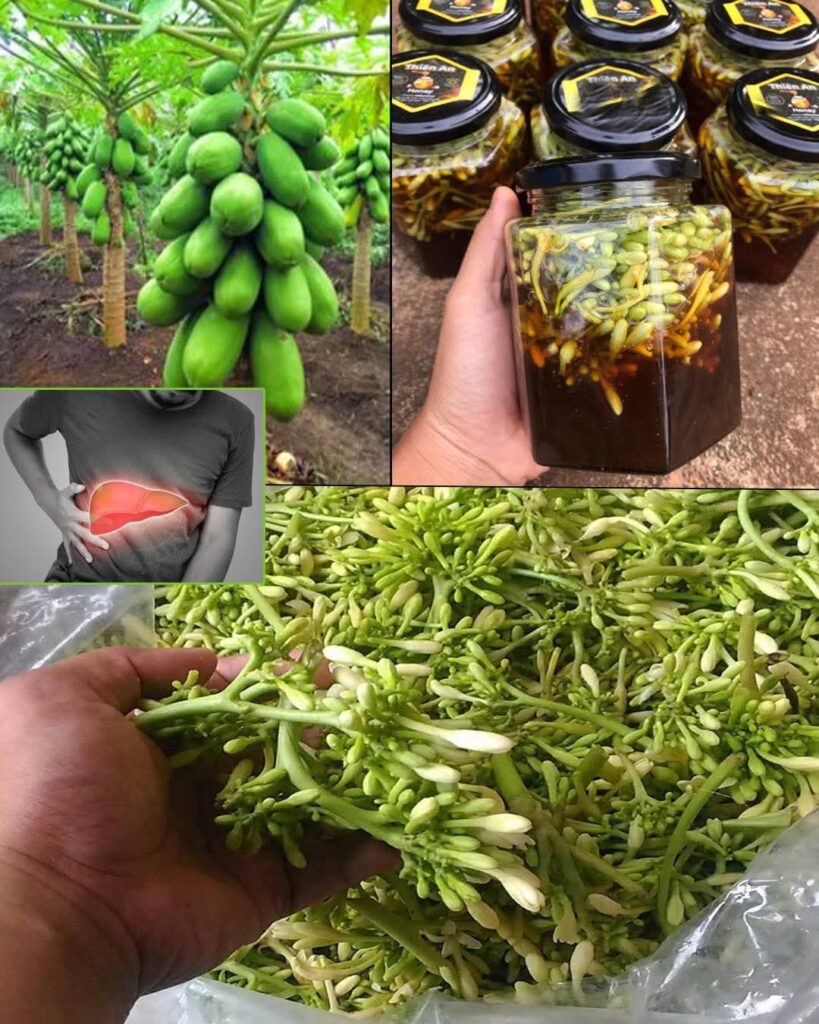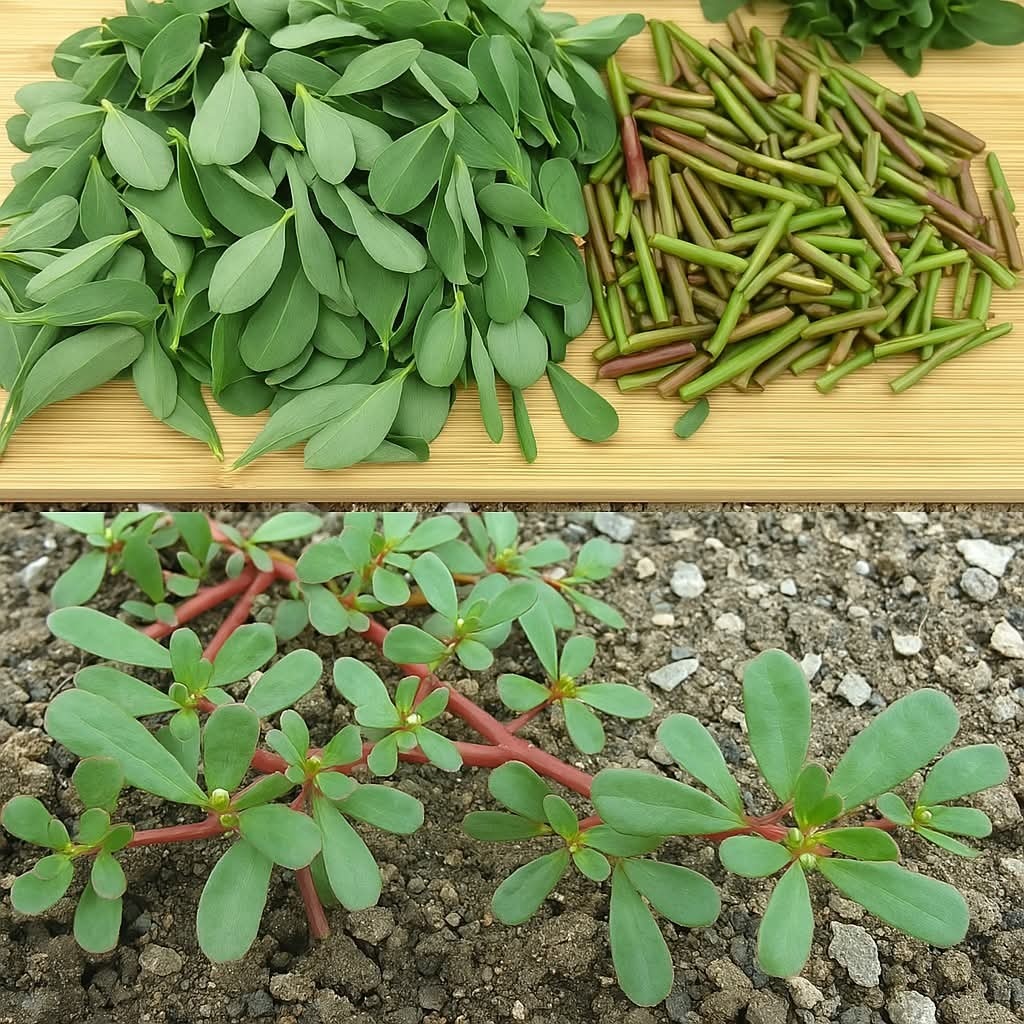How to Water Your Plants for a Month at No Cost

Taking care of plants is a rewarding but often costly task, especially when it comes to watering. Fortunately, there are clever and eco-friendly ways to water your plants for an entire month without spending a cent. With just a little creativity and using what you already have at home, you can ensure your plants stay hydrated without breaking the bank. Here are a few methods to help you water your plants for free!
1. Collect Rainwater
One of the most natural and cost-effective ways to water your plants is by collecting rainwater. Not only does this reduce your water bill, but it’s also great for your plants because rainwater is free of chemicals like chlorine and fluoride that are often found in tap water. Here’s how you can get started:
- Set up a Rain Barrel: You can find a rain barrel online or make your own by placing a container under your gutter downspout. If you don’t have a rain barrel, any large container like a bucket, tub, or plastic bin will work.
- Use a Mesh Screen: To prevent leaves or debris from entering the water, place a mesh screen or piece of cloth over the container.
- Harvest During Rainy Days: Make sure to check the weather forecast so you can maximize your collection during a rainy period.
2. Reuse Greywater
Greywater refers to the water from activities like washing dishes, showering, or laundry. This water is not contaminated with harmful substances and can be safely reused for plants. Here’s how to reuse greywater efficiently:
- Use a Bucket: After washing your hands or dishes, you can collect the water in a bucket.
- Shower Water: Consider installing a greywater diversion system in your shower or bathtub to collect water before it goes down the drain.
- Laundry Water: If you have a washing machine that uses biodegradable detergent, you can collect the rinse water and use it for outdoor plants.
Just ensure that the water doesn’t contain harsh chemicals, as they could harm your plants.
3. Use Water from Boiled Vegetables
After boiling vegetables, especially potatoes, pasta, or rice, you can reuse the water for your plants. This water is full of nutrients that can benefit your soil. Make sure the water is not too salty or oily before using it on your plants.
4. Use Ice Cubes
If you have leftover ice cubes from a drink or cooler, you can use them to water your plants. The slow melting process allows the water to be absorbed gradually, which is ideal for potted plants. Just drop a few ice cubes on the soil, and let them melt at their own pace. This method is particularly great for indoor plants.
5. Create Self-Watering Systems
If you’re away for a while and need a way to water your plants without much effort, consider setting up a self-watering system using household items:
- Plastic Bottles: Take a plastic bottle, poke a few small holes in the cap, and bury the bottle upside down in the soil. As the soil dries, water will slowly drip out, keeping the plant hydrated.
- Wet Cloth Method: For smaller plants, place a wet cloth in the soil and run the other end of the cloth into a container of water. This way, water will travel through the cloth into the soil.
6. Use Condensation Water
If you have an air conditioner, it collects condensation water that drips out regularly. This water is essentially pure distilled water and can be used to hydrate your plants. Simply collect the water in a bucket and use it for your plants.
7. Use Leftover Water from Drinking Glasses
Rather than dumping leftover water from your drinking glasses down the sink, keep it aside to water your plants. Every little bit counts, especially in times of water scarcity.
Final Thought
Watering your plants for a month without spending any money is possible with a little bit of planning and resourcefulness. By collecting rainwater, reusing greywater, and utilizing other free resources, you can keep your plants healthy and hydrated without adding to your utility bill. Not only are these methods eco-friendly, but they’re also a great way to reduce waste and make your gardening routine more sustainable.

